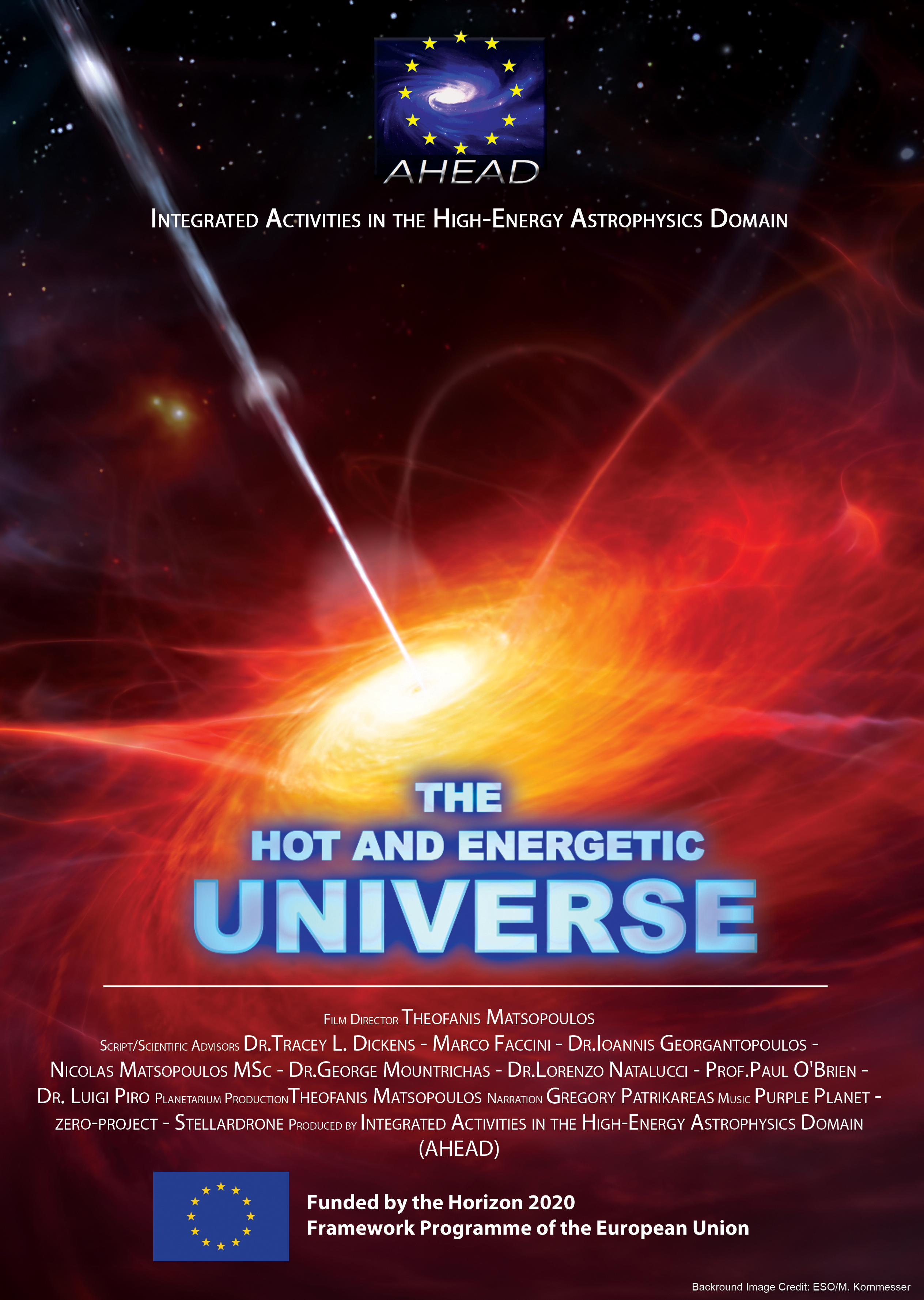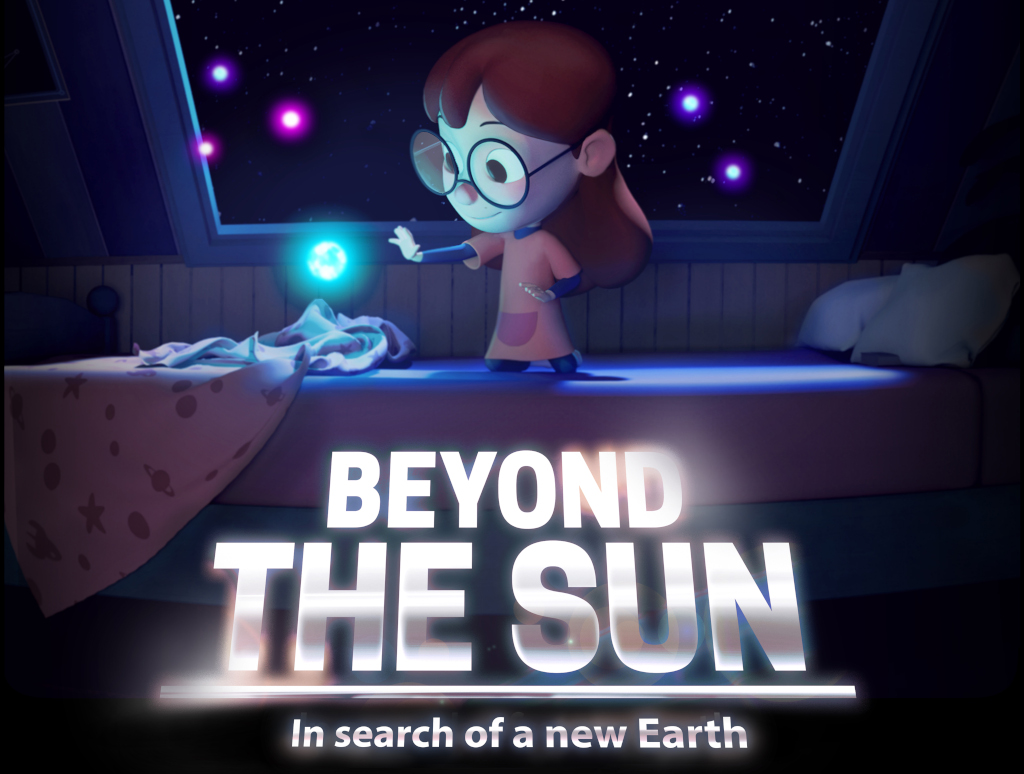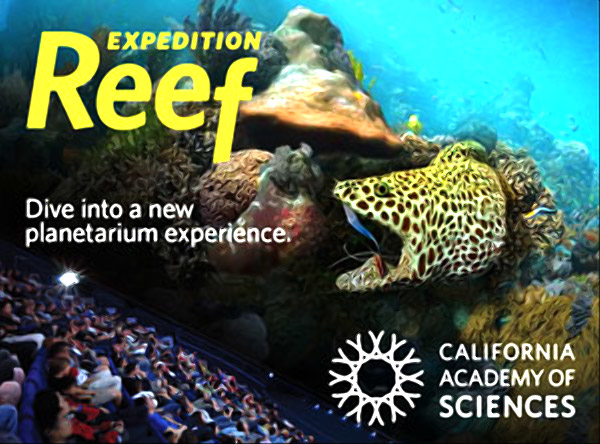
THE HOT AND ENERGETIC UNIVERSE
The Hot and Energetic Universe presents the achievements of modern astronomy, the most advanced terrestrial and orbital observatories, the basic principles electromagnetic radiation and the natural phenomena related to high energy astrophysics.

BEYOND THE SUN: IN SEARCH OF A NEW EARTH
While Celeste is fighting off sleep in her room by reading a book on astronomy she receives an unexpected visit from Moon. Together, they will enjoy a journey through the Universe to discover what exoplanets are and how they can be detected. They observe rogue planets, oceanic worlds and super-Earths. Moon tells her about exoplanet hunters, who observe the sky in search of planets like Earth. Licensed thanks to support from the Friends of the Staerkel Planetarium.

EXPEDITION REEF
Learn the secrets of the “rainforests of the sea” as you embark on an oceanic safari of the world’s most vibrant—and endangered—marine ecosystems. Along the way, discover how corals grow, feed, reproduce, and support over 25% of all marine life on Earth, while facing unprecedented threats from climate change, habitat destruction, and overfishing. Produced by the California Academy of Sciences, narrated by Lea Salonga, and licensed thanks to support from the Friends of the Staerkel Planetarium.